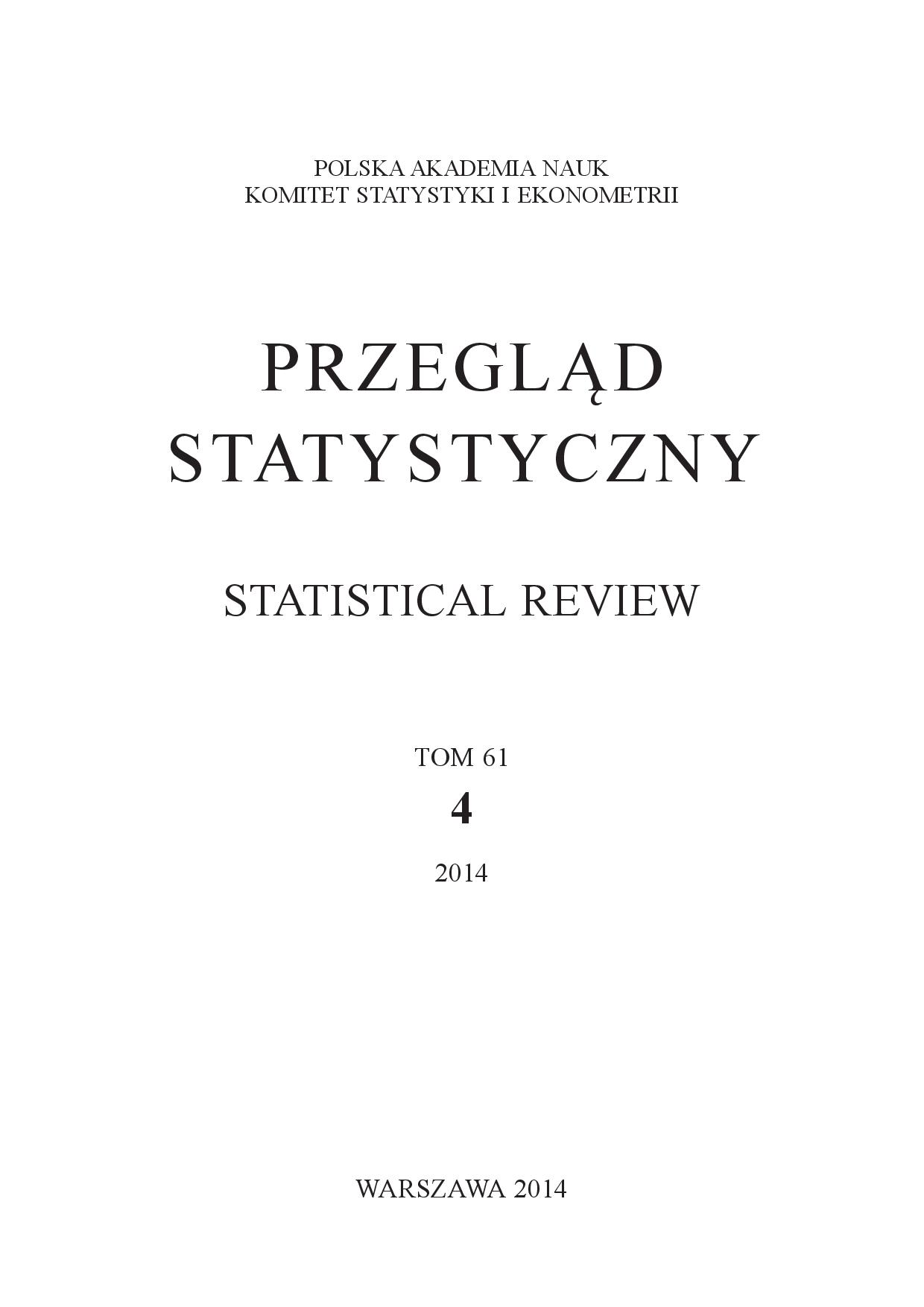Strukturalne modele szeregów czasowych w estymacji stopy bezrobocia w dezagregacji na województwa, płeć i wiek
Structural Time Series Models in Unemployment Rate Estimation in Disaggregation on Voivodeship, Sex and Age
Author(s): Kamil WilakSubject(s): Economy, National Economy, Socio-Economic Research
Published by: Główny Urząd Statystyczny
Keywords: Small Area Estimation; direct estimation; dynamic linear models; unemployment rate
Summary/Abstract: Central Statistical Office in Poland publishes information on labour market derived from Labour Force Survey at high level of aggregation. Estimates for small demographic domains on voivodeship level are not published due to insuffi cient precision of direct estimates, caused by small sample size. One of possible approaches to the problem is to apply small area estimation. Taking into account that LFS is panel research of households structural time series models can be used in order to borrow strength in time. The aim of the article is to evaluate this method in the context of unemployment rate estimation on voivodeship level including sex and age domains. Monte Carlo simulation study will be applied in order to assess results of estimation and compare to direct estimation. Data obtained from the Labour Force Survey in Poland between 2000–2009 will be used. Results of the study indicates that temporal small area estimation have better quality of estimates compared to direct estimation.
Journal: Przegląd Statystyczny. Statistical Review
- Issue Year: 61/2014
- Issue No: 4
- Page Range: 409-432
- Page Count: 24
- Language: Polish

